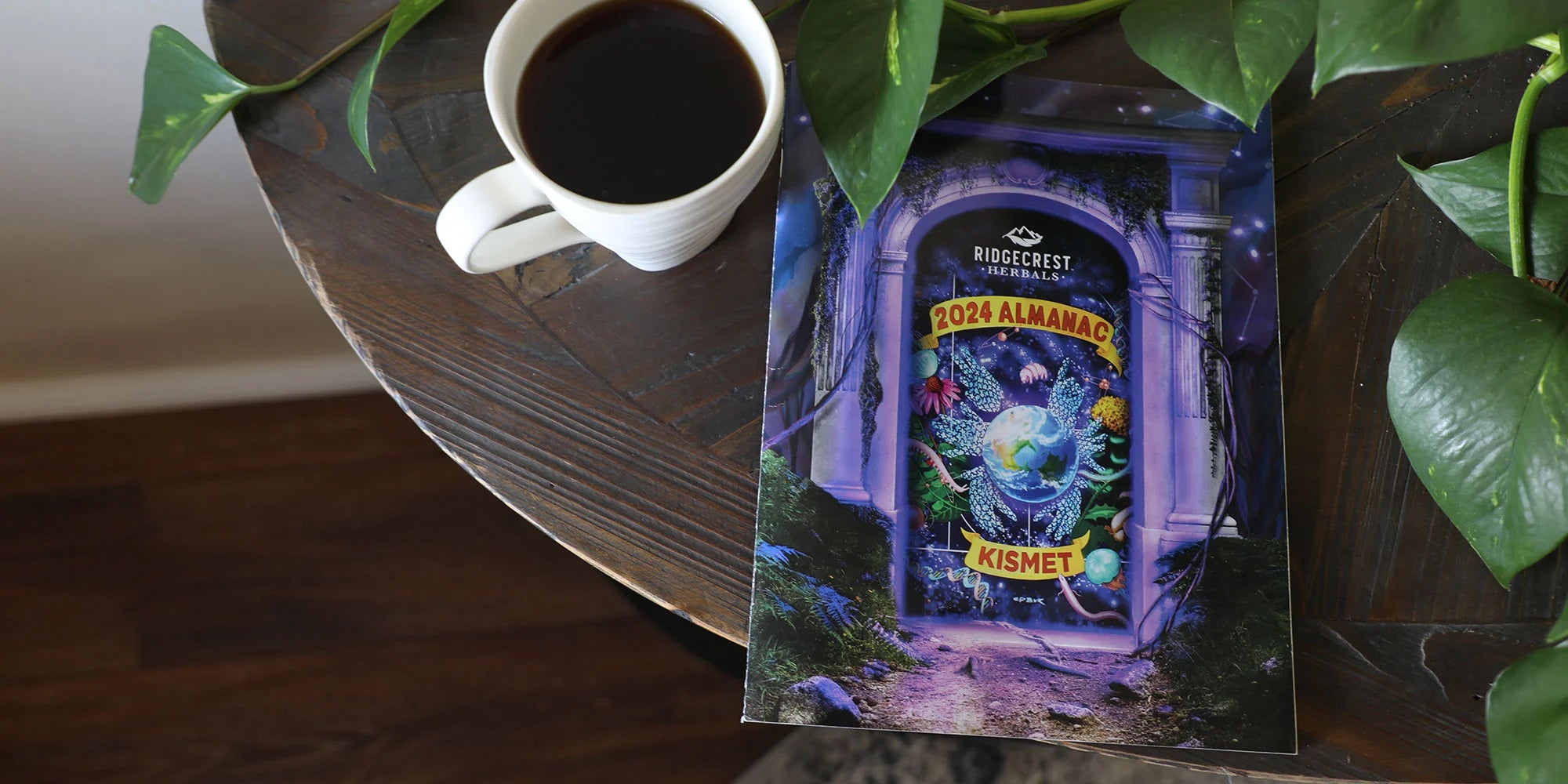Did you know 10% of all carbon emissions come from building construction? Cement creates more carbon dioxide (CO2) than the entire aviation industry annually. Even in modern, sustainability-focused buildings, more than 46% of a building’s energy demands can happen during the actual construction process.
Because of this, in our race to create a more sustainable society, the way we build our houses and buildings is vital. In the past few years, new building material has been developed and is entering the market. This material doesn’t need fossil fuels. You don’t leave behind a product that will break down into toxic chemicals. Instead, you can utilize waste materials that would otherwise end up in a landfill, growing the material using recycled glass, rice hulls, corn husks, or wood pulp. It is fire and heat-resistant, termite deterring, renewable, lightweight, and fast to produce. You can use it for paneling, bricks, and insulation. It’s organic, compostable, and biodegradable. What is this miracle product of the future? It’s older than almost anything on our planet — mushrooms.
The process to produce mushrooms is also highly eco-friendly. Waste materials from other industries like agriculture are used to create the food for the mycelium, which is a network of fungal threads. These materials are combined with a mushroom strain and shaped into a mold. The mycelium eats the waste materials and bonds into a rigid shape, a process that only takes a few days for faster-growing strains. Then the growing process is curbed by heating the product — it only requires about a half-hour. It keeps materials out of the landfill, produces no toxic chemicals or by-products, is not reliant on fossil fuels, and in time, could easily be scaled to fit the industry.
There are many different uses currently in development for this growable, eco-friendly resource. Here are a few:
Packaging
While most current uses are theoretical or prototypical, companies like Dell and IKEA have already started using mycelium as eco-friendly packaging. Because it is lightweight, biodegradable, and avoids plastics and fossil fuels, mycelium packaging is an eco-friendly, cheap product for the shipping industry.
Temporary Structures
The mycelium building industry holds great potential. Because materials can be quickly composted in the right conditions, construction companies could use them sustainably to create emergency shelters and temporary housing for climate change refugees, temporary large event venues, and other short-term building uses.
Reusing Construction Materials
Some companies are developing ways to use building materials from demolition sites to create mycelium products. The goal is to use what is left from a torn-down house to build new home developments. Since the older homes will be torn down regardless, with most of the materials typically ending up in landfills, this is a way to recycle in a manner that currently doesn’t exist, allowing us to use materials from a less eco-friendly time.
Furniture
Other ventures are exploring mycelium as a replacement for MDF board, standard in cheaper furniture. Because it holds its strength while dry but can decompose in the elements, it is ideal for furniture, allowing customers to utilize it and compost it when it’s reached the end of its furniture life.
Insulation
The most immediate uses for mycelium products will be for non-load bearing efforts, like insulation. It is ideal and a huge step forward compared to the current materials that use fossil fuels and have a substantial environmental impact as an insulation material. Mycelium insulation will repel termites, avoiding one of the significant risks of homeownership. It is also fire-resistant and would give off less smoke and carbon monoxide in the event of a fire. Because most deaths in house fires are due to smoke inhalation, this would increase survival chances and give people more time to get outside.
Acoustics
Mycelium products are highly adept at absorbing sound, creating potential uses in sound booths and music venues, as well as a cheap, sustainable way to curb noise between apartments in buildings.
Clothing
While not a building material, fast fashion has a huge environmental impact, and sustainability artists are looking at the potential of mushrooms as a clothing material supply. Using dramatically less water than cotton and avoiding plastics that break down into environmentally damaging microplastics (see my other article), mushroom clothing has potential as a leather substitute, like athletic and luxury wear.
We have regularly discussed the medicinal potential of mushrooms in the Almanac. Who knew there would be so many other reasons to love them?



